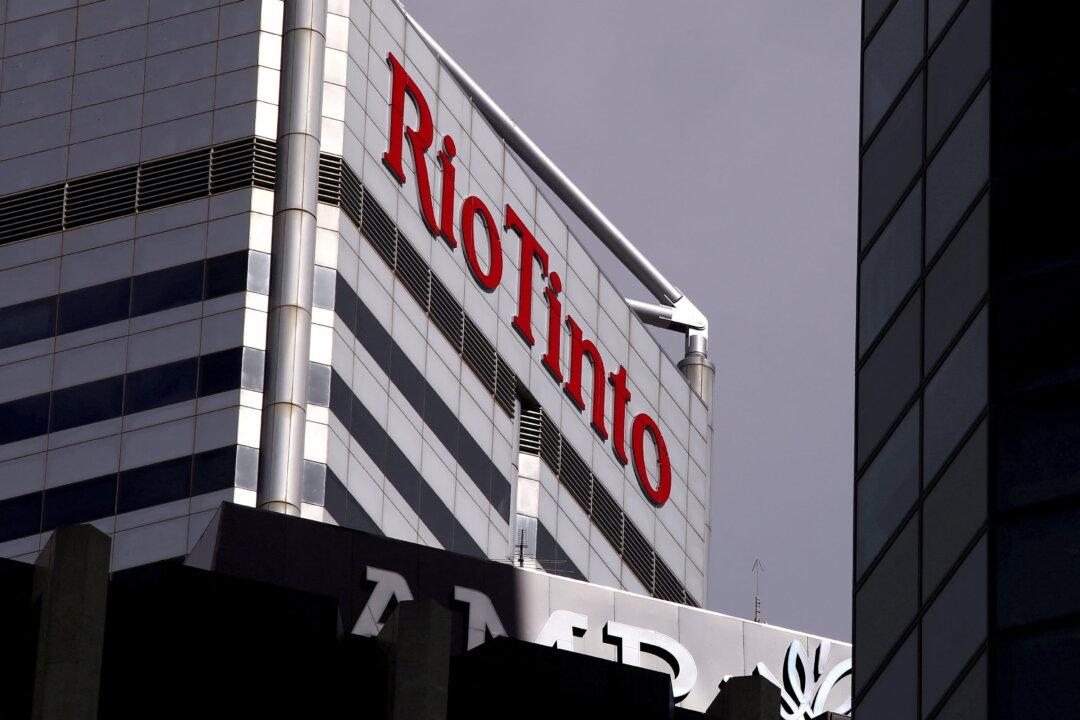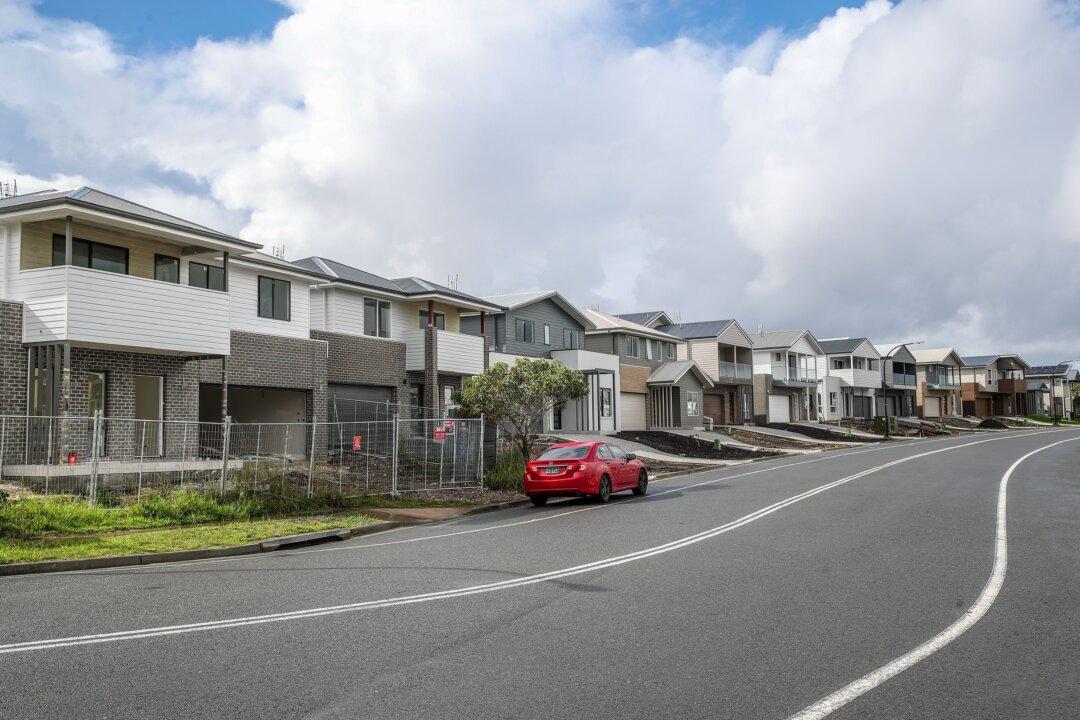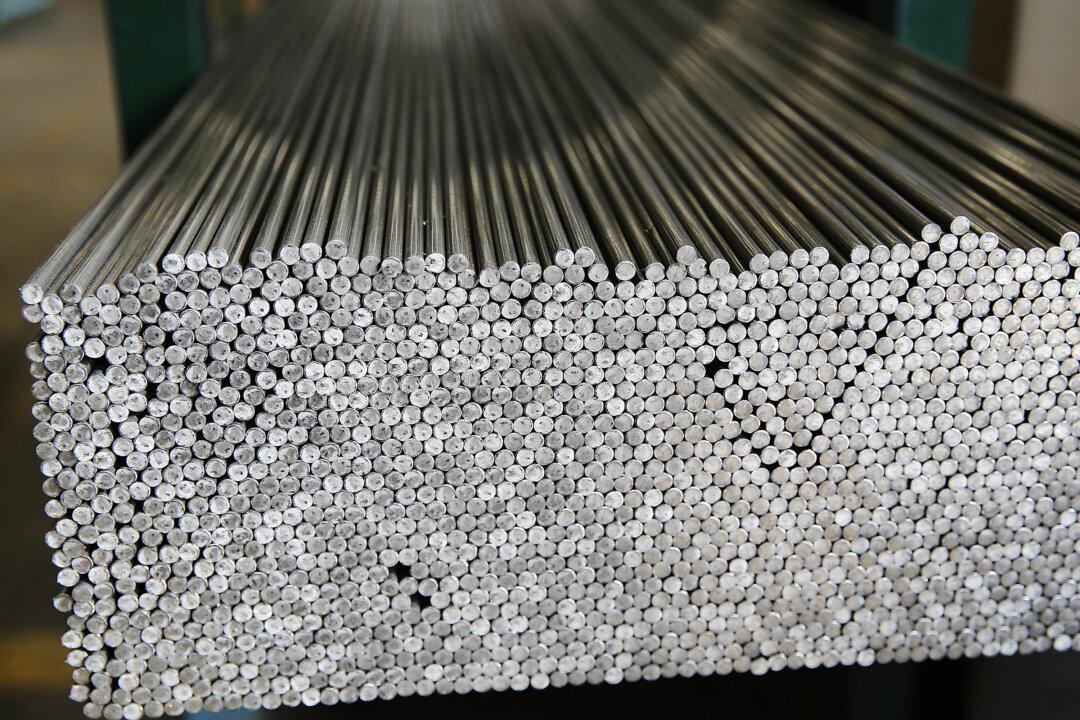Australian mining giant Rio Tinto has signed a memorandum of understanding (MOU) with Yindjibarndi Energy Corporation to collaborate on exploring renewable energy projects in Yindjibarndi in Pilbara, Western Australia.
Yindjibarndi Energy is a partnership between the Yindjibarndi Aboriginal Corporation and ACEN Corp, Philippine-based Ayala Group’s listed energy platform.




